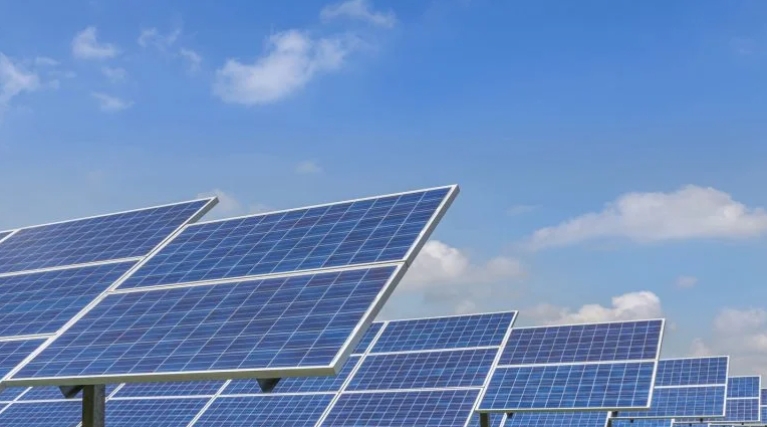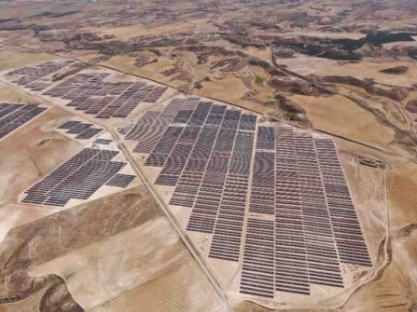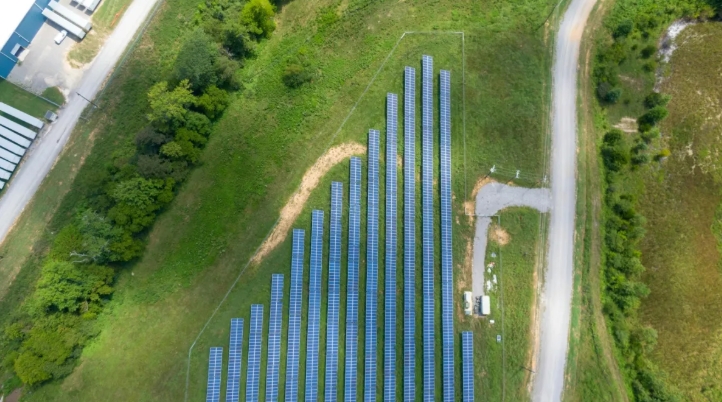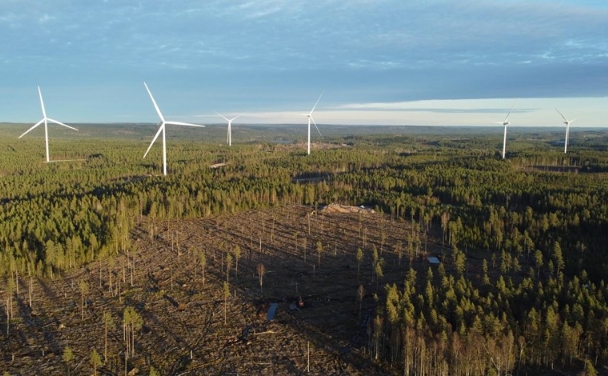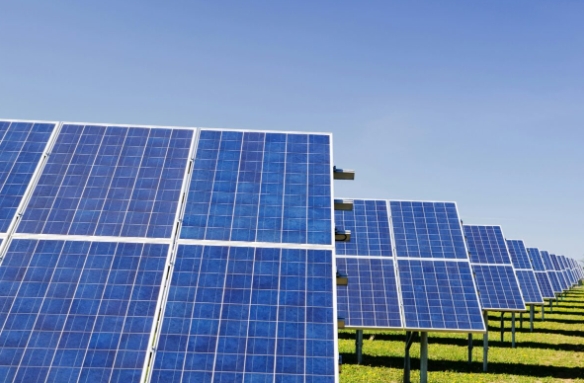
Geothermal and biomass have great potential as Indonesia’s future in the energy sector. In addition to being sustainable and environmentally friendly, the use of geothermal energy and biomass as an energy source can help reduce the current account deficit that haunts Indonesia every year.
Pri Utami, geothermal expert from the Indonesian Academy of Young Scientists (ALMI), who is also the Director of the International Geothermal Association (IGA), revealed that for every one MW installed geothermal power generation capacity oil expenditure of 47.3 barrels per day can be saved.
She revealed, that Indonesia has geothermal potential which is estimated to reach more than 20,000 MWe. As of 2019, the installed capacity of geothermal energy in Indonesia reaches 2,047 MW.
“It means, with the current oil price of USD60 per barrel, in a year the amount of foreign exchange that can be saved is USD2.2 billion. Thus, the use of geothermal energy as a source of energy is very strategic to reduce dependence on fossil energy sources, such as oil, gas and coal, “she said in a written statement to Sindo News.
Pri’s statement is related to Indonesia’s high current account deficit, which is caused by the large import of oil and gas which is still the main source of national energy, as stated by President Joko Widodo last December 2019.
According to Pri, Indonesia’s energy mix until 2019 is only around 11%. With an installed capacity of 2,047 MW, geothermal only accounts for around 17% of the renewable energy mix (EBT).
The government targets to encourage the utilization of geothermal energy up to around 7,000 MW by 2025 to achieve the national energy mix target of 25%. If the target is reached, said Pri, in that year the country’s foreign exchange that could be saved would reach USD7.3 billion.
The potential savings of 7.3 billion US dollars is significant enough to deal with chronic diseases in the form of a current account deficit (CAD) that has plagued Indonesia since 2011, which peaked in 2018, amounting to 3% of gross domestic product (GDP ) or around USD8.57 billion, which was contributed by high oil and gas imports.
“Therefore, Indonesia needs to improve exploration technology, optimize production, research and development (R & D) of the hidden geothermal potential,” said Pri, who also serves as the Head of the Geothermal Research Center at Gadjah Mada University.
As an energy source, geothermal also has a high significance in creating a clean environment. The results of a study by the UGM Geothermal Research Center found that from 2,047 MW installed capacity of existing geothermal energy sources, it could reduce carbon dioxide emissions by 11.14 million tons per year. Thus, if the target installed capacity of 7,000 MW is achieved, the carbon dioxide emission reduction will be even greater.
However, Pri continued, geothermal energy is not only potential as a new renewable energy source. “Geothermal energy can also be used directly for the production process, as an energy source for heating or air conditioning, as well as for agriculture, fisheries, health, and recreation,” she said.
Meanwhile, ALMI Chairperson Alan F Koropitan revealed that, aside from geothermal energy, the great potential of Indonesia’s energy resources that are not currently being utilized is biomass, which is in the form of genetic resources from rich biodiversity. The most potential type of bioprospection to be developed as an energy source is bioenergy from photosynthetic microalgae. For further details on the opportunities for biomass in Indonesia, see the full article linked below.
Furthermore, Alan said, the opportunity to exploit the potential of renewable energy such as geothermal and biomass depends very much on the ability and willingness of the Indonesian Government to develop science and technology. Therefore, Indonesia must continue to invest in basic science and technology to be able to manage its biodiversity wealth sustainably.
